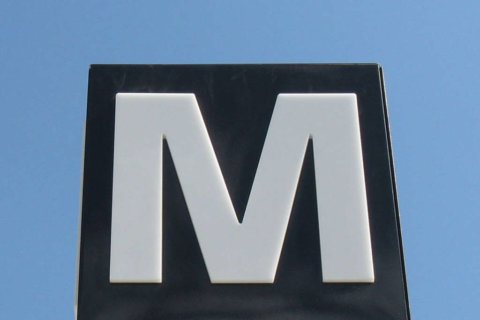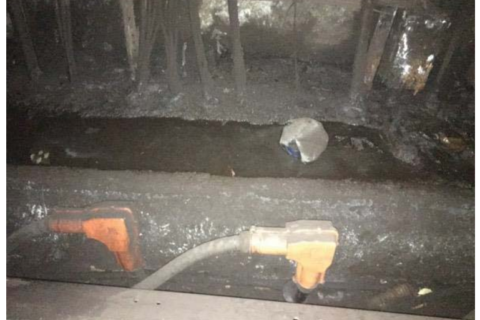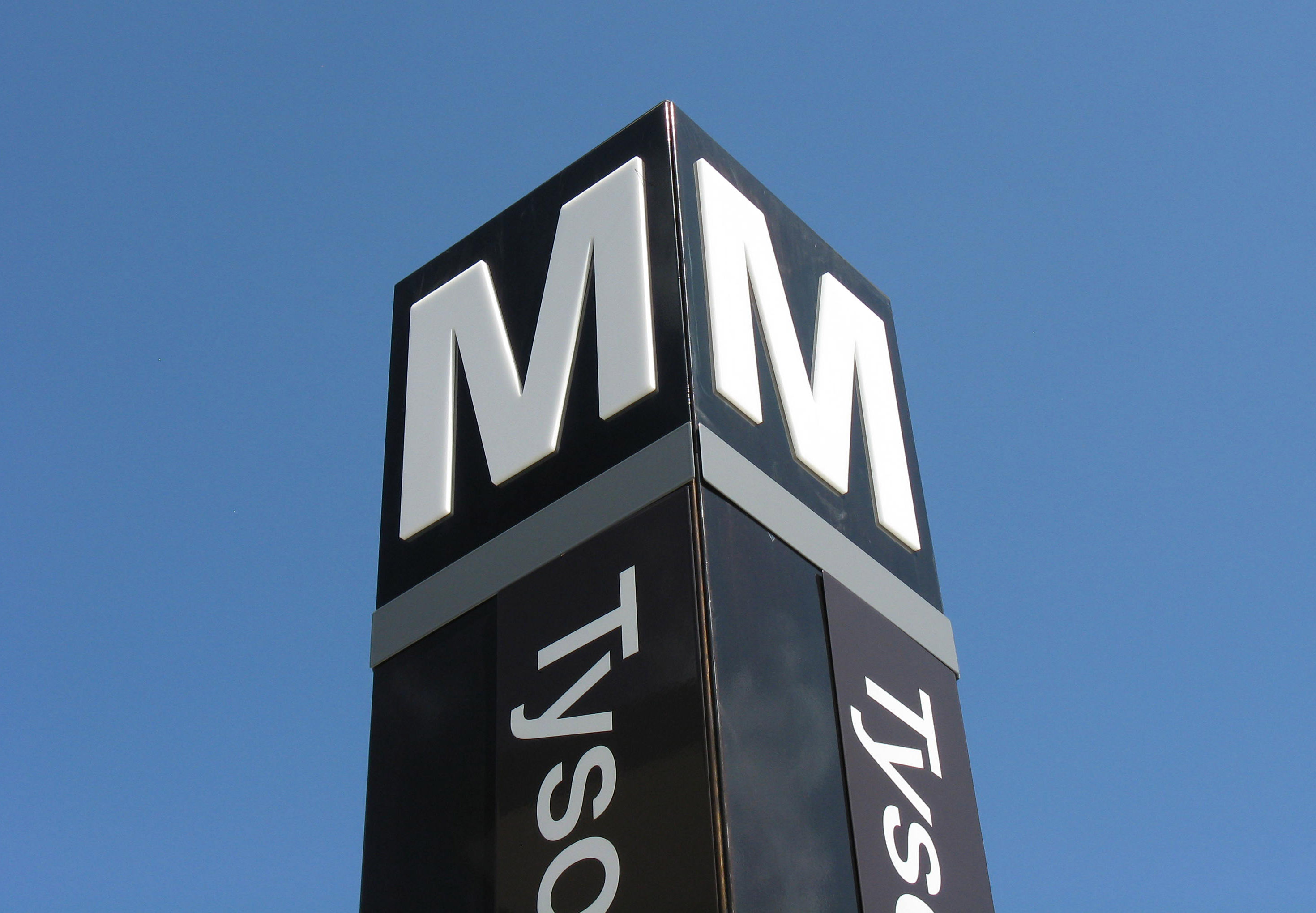WASHINGTON — The findings of the latest publicly available Federal Transit Administration inspection reports include dark tunnels, risks to workers, train operators failing to follow safety rules before opening doors, and Metro’s own compliance inspectors being unable to verify fixes.
Federal inspectors found two stretches of consecutive loose fasteners on the Orange Line near Deanwood Jan. 10. Inspectors said the condition met Metro’s criteria for the most serious maintenance problems, known as a “black condition,” but neither area was protected with a speed restriction for passing trains. The Metro and contract inspectors deemed it to be a maintenance condition that needed to be addressed, but not a safety issue.
On the Red Line between Tenleytown and Bethesda Feb. 12, inspectors found six consecutive failing fasteners within 15 feet and four consecutive defective fasteners in another spot. Because there were no signs of the rail sliding back and forth yet, a Metro inspector also deemed those maintenance conditions.
Metro inspectors made a similar decision Feb. 8 on the Red Line between Gallery Place and Judiciary Square, even though the rails were sliding about half an inch when a train was on them.
Emergency exit issues
In numerous areas in December, January and February, federal inspectors found dark tunnels and tripping hazards that could pose a danger to workers or cause problems during emergencies.
While the scale of the problems is less than in some previous reports, inspectors still detailed quarter-mile or longer stretches of dark tunnels, and extra rail still just sitting in or along the tracks in a number of areas.
On the Orange Line in Virginia, “almost all tunnel lighting was observed out” in one long stretch, and there was “poor tunnel lighting” in others.
Several other areas — such as the Red Line between Bethesda and Woodley Park and the Green Line north of Fort Totten — had similar lighting problems.
In some of the spots with tripping hazards, the FTA had already noted the problem and directed Metro to get the extra rails to a safer place.
Between Bethesda and Friendship Heights, an electrical junction box was lying on the emergency exit catwalk.
The federal inspectors checked on a number of other issues in some cases with Metro’s own internal compliance inspectors. In several cases, fixes had not been made or made properly on the Red, Blue/Yellow and Silver Line tracks.
In another case, the compliance inspectors had to clear the tracks without completing their work because of radio communication problems south of Arlington Cemetery.
While some problems noted by inspectors before have been fixed, more than 1,000 others, such as clogged drains and mud and debris on the tracks, remain open.
In an area that had just been rebuilt on the Orange Line in Maryland, for example, inspectors found some fasteners were not properly seated in the supporting concrete.
On the Green and Yellow Line tracks in the District, inspectors found multiple broken bolts in curves.
Worker safety
In addition to tripping hazards, inspectors found some trains still speeding past workers on the tracks or otherwise not following safety rules.
At the Brentwood maintenance yard in December, Metro had yet to address a July finding that there were not sufficient protections against falls into maintenance pits.
In the Shady Grove maintenance facility, Metro had taken some steps to keep workers from getting shocked while making repairs, but not enough.
In a Red Line work zone in late February, the third rail was missing critical alarms that would warn of the risk of an electric shock.
Supervisors in work zones and others on the tracks did not all have or use proper safety equipment, such as air horns, to warn of oncoming trains. In at least one case, supervisors did not properly get trains to stop to walk through a potentially dangerous area where there would be no place to safely get out of the way.
A number of train operators did not have their required flashlight with them or copies of manuals and orders they are required to keep with them.
Two train operators correctly realized that Metro has implemented a 59 mph speed limit across the system, even though their train appeared to show they had permission to go up to 65 mph or 75 mph. Others correctly followed procedure when the speed permissions dropped out.
Doors opening?
Several train operators failed to follow a safety rule Metro implemented years ago meant to keep train doors from being opened on the wrong side.
Train operators are supposed to stand at the platform side of the train and look out for five seconds before opening the doors.
The rule has not prevented a number of incorrect door openings since Metro switched away from automatic door operations years ago, after a series of problems with that system. It has added time to the length of a Metro trip from one end of a line to another.








